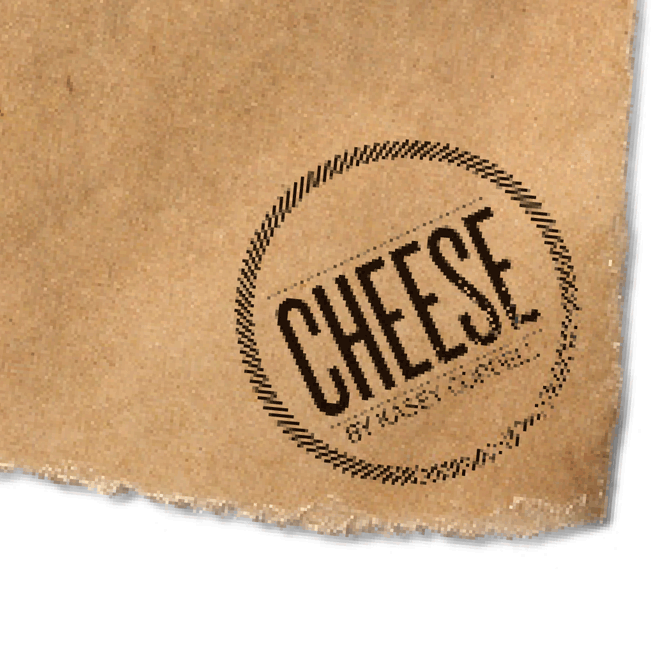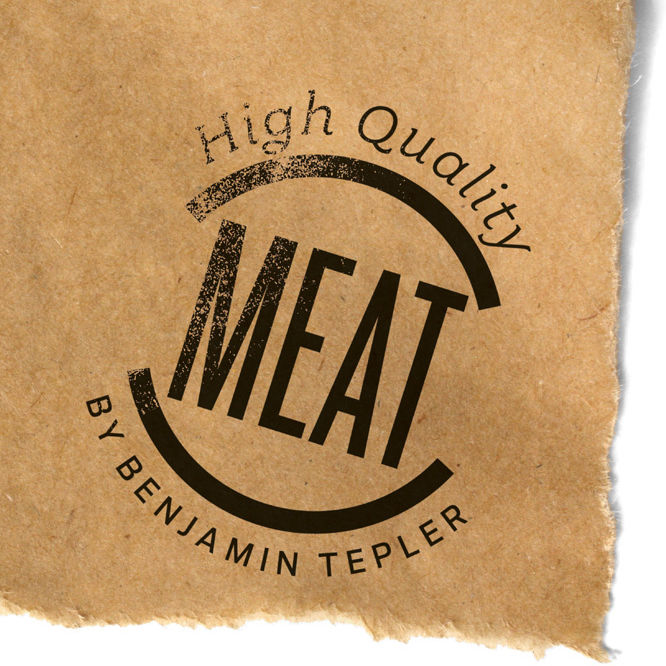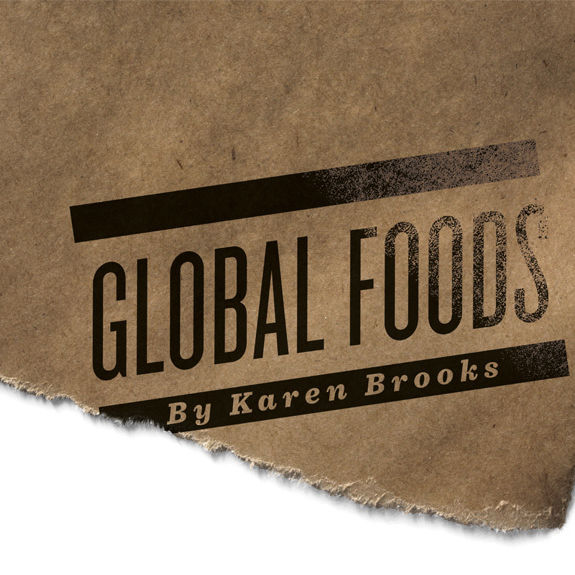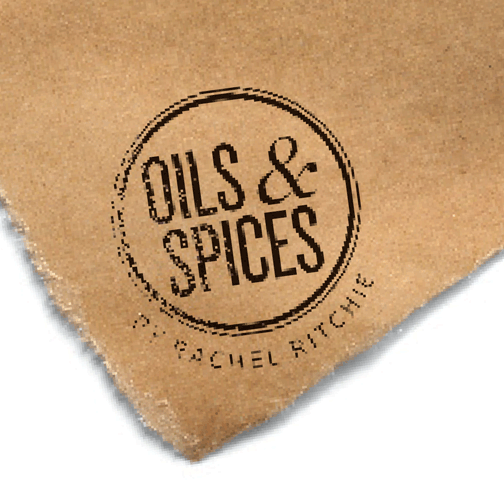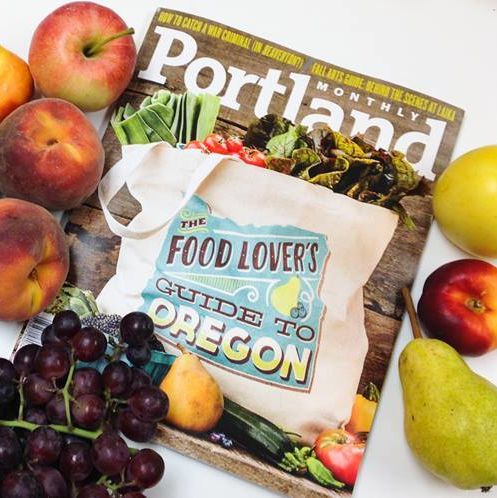The Food Lover's Guide to Seafood

Oyster Obsession

GUIDES: Tobias Hogan & Ethan Powell
The fanatics behind the Parish and Eat: An Oyster Bar shell out inside tips for finding Oregon’s best bi-valves.
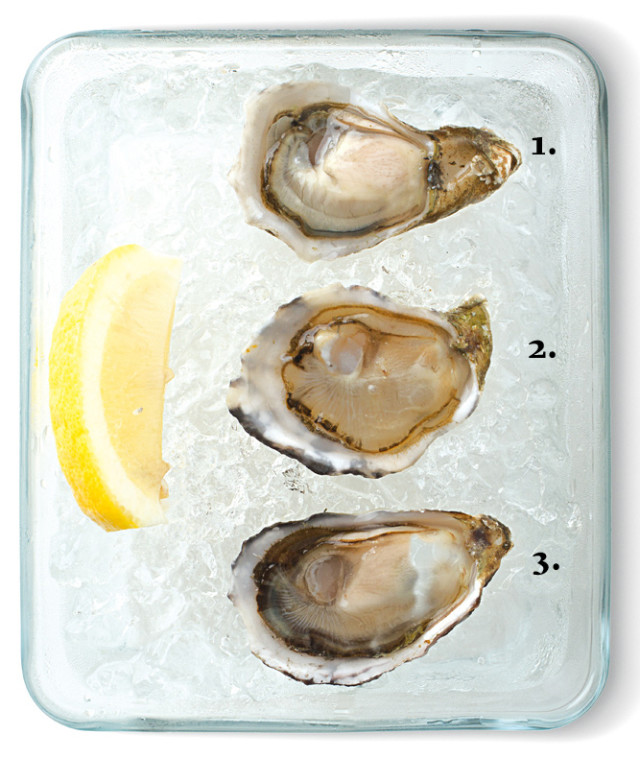
Image: Michael Novak
1. Chelsea Gems
These hail from Chelsea Shellfish Farms in Washington, and grow rapidly into petite but creamy morsels at the bottom of Puget Sound. Hogan and Powell rave about a flavor that’s super-sweet and a touch briny. Scout for them on menus at Bar Avignon, Paley’s Place, and, of course, Eat and the Parish.
2. Blue Pool Oysters
What Hogan and Powell love: “smooth-lipped, deep-cupped oysters with sweet melon notes, a cool oceanic finish, and a healthy crunch,” courtesy of the adductor muscle. These little beauties are farmed at the Hama Hama Shellfish Farm in Hood Canal, but you can devour them at Andina and Trébol.
3. Kumamotos
Affectionately referred to as “Kumos,” these morsels from Hayes Oyster Company in Tillamook Bay boast what Hogan and Powell describe as “a mildly fruity finish and a rich buttercream texture.” Manageable in size and subtle in flavor, kumos are the model choice for half-shell first-timers.
How To: Shuck It
With four simple steps, you’ll be cracking the bivalve code in no time.

Step 1
Place the oyster bottom-side down on a folded towel and insert an oyster knife through the hinge (the narrow end of the oyster).

Step 2
Use light but firm pressure while twisting the oyster knife from side to side until it catches, separating the shell halves with an audible “pop."

Step 3
Slide the knife along the inside top of the shell until you slice through the adductor muscle (the little band that clamps the two sides of the shell together).

Step 4
After discarding the top shell, sever the bottom part of the muscle using the same method. Check for any shell or grit, and serve immediately.
Fish Missionary
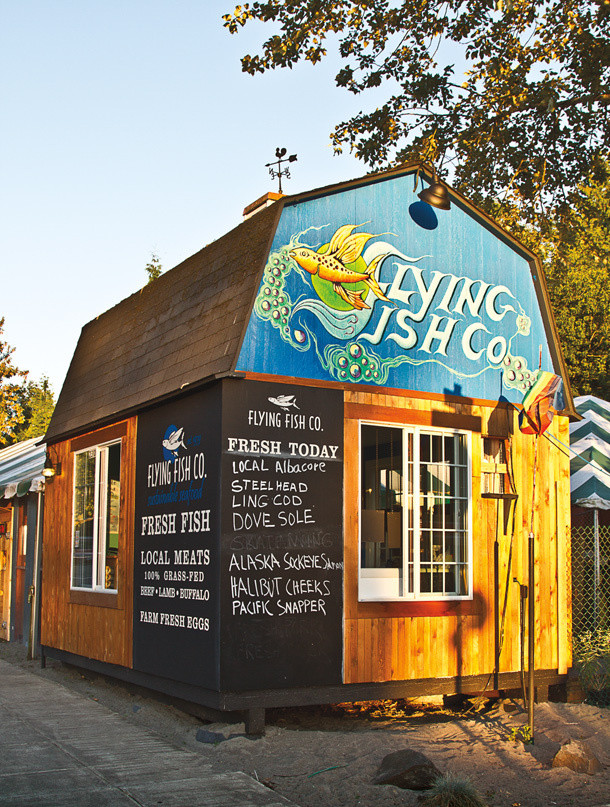
Image: Michael Novak
Former fish-on-wheels driver Lyf Gildersleeve spreads the word on Oregon’s best catches.
When Lyf Gildersleeve first opened Flying Fish in Portland in 2010, hawking slabs of fresh chinook salmon from the back of his truck on SE Division Street, he was carrying on a family tradition. Indeed, Gildersleeve hails from a clan of “fish missionaries”: sustainable seafood advocates who set up shop and bring the local catch to market. With new digs next to Kruger’s Farm Market on SE Hawthorne Boulevard, Flying Fish has become one of Portland’s most reliable spots for super-fresh seafood, with loyal patrons and top local chefs clamoring for a taste. Gildersleeve has spent the past two years combing coastal fisheries and hobnobbing at seafood-industry hot spots to cultivate a deep network of local suppliers. His web of troll-caught albacore specialists from the coast, salmon co-ops out of Alaska, and trout-slingers from the Columbia River make for a pescatarian’s paradise.
Fragile bites like Alaskan halibut cheek, sushi-grade Hawaiian yellowtail, and East Coast scallops undergo a dry-pack just moments after they are caught. Also lining the freezer: an impressive stockpile of land animals, from locally raised beef and pork to game meats such as elk and venison. In the name of a fresh catch, Gildersleeve regularly takes a truckload of his wares up to St. Johns and Sauvie Island to spread the seafood gospel far and wide.
Undersea Treasure
Five rare jewels from Oregon’s ocean
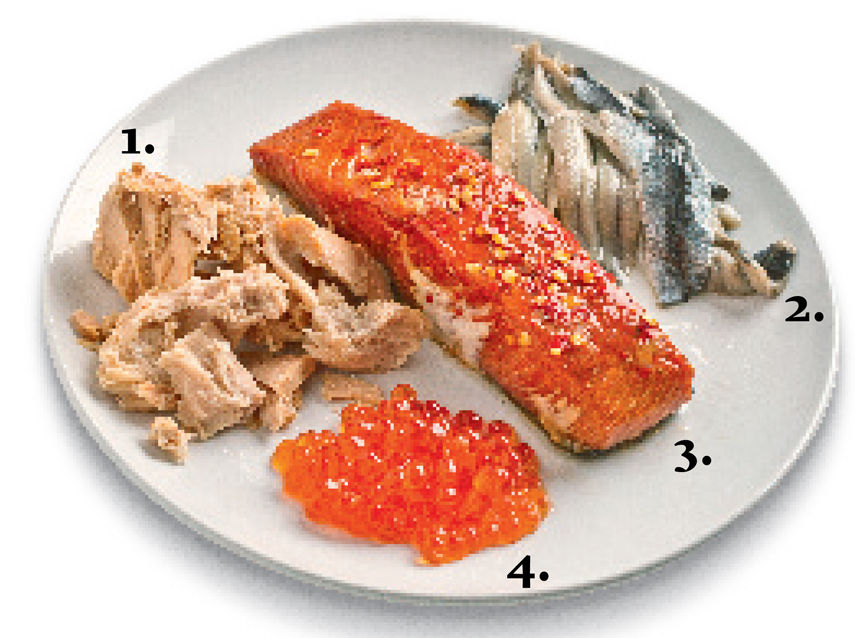
1. Sacred Sea Wild Albacore
Sacred Sea founder Rick Goche has served on just about every fish-related commission in the state—it’s no wonder his canned tuna’s so damn good. Sacred Sea’s tiny fishery on the Oregon coast uses old-school trolling methods to catch low-mercury North Pacific albacore; then the tuna is cooked in its own juices for an especially succulent bite.
2. Coeur de la Mer Boquerones
You might dismiss this Astoria-based seafood company as another StarKist, but their boquerones (marinated Spanish anchovies) are some of the best around. Caught off the Oregon coast and spiced with garlic, chile, or curry, these velvet-smooth fillets are a classy addition to Caesar salads, or atop crostini with skordalia (garlic and white bean purée) or roasted red peppers.
3. The Smokery’s Smoked Salmon
Hot-smoked, cold-smoked, maple-brined, and whiskey-soaked—the Dublin natives behind the Hillsdale-based Smokery (a farmers market favorite) do it all. The best of the bunch is an “Old Irish” variety, imbued with brown sugar, molasses, onion, garlic, and dill for a savory ode to the Jacobs family’s Irish roots.
4. Columbia River Fish Co Caviar
Simon Sampson, known at the PSU Portland Farmers Market as the “salmon man,” hauls chinook, coho, steelhead, and walleyes out of the Columbia River with ancient Native American fishing techniques. Get to the market early and be prepared to fight Portland’s Eastern European gourmands for Sampson’s bright orange pearls of salmon roe.
How To: Hook Fresh Fish
Spot the market’s best catch.
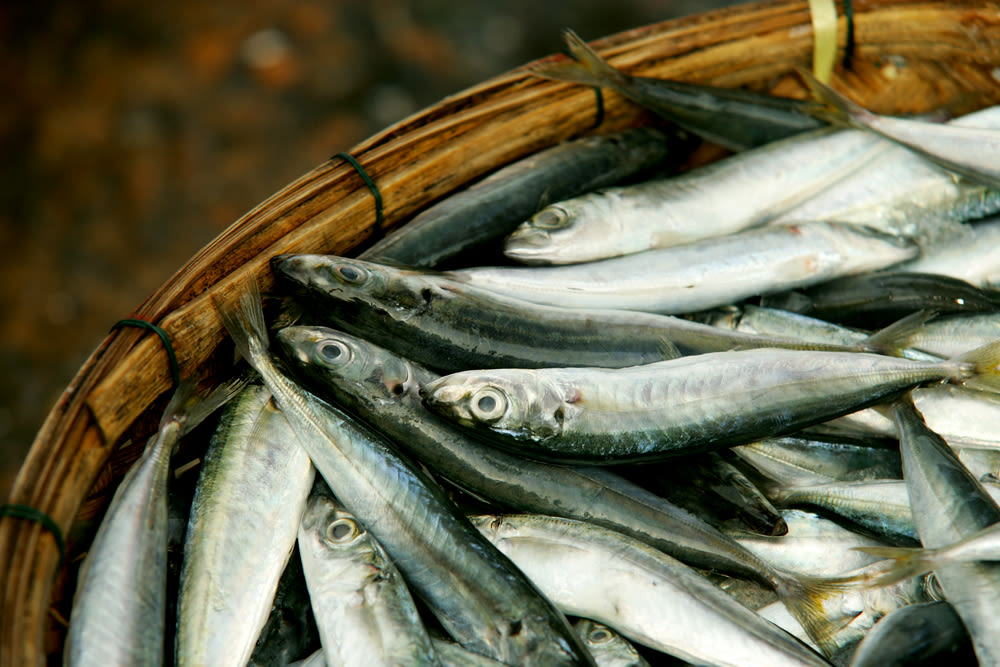
Look: Fresh fish should have a bright, glistening, oily luster with uniform color throughout—no shaded spots or brown edges.
Touch: Lightly press the fish with your thumb—while halibut will always be softer than salmon, the flesh of any fresh catch should bounce back from a gentle indentation.
Smell: Just-caught fish will always give off the sweet smell of salt-water. It should never smell sour or chlorinated.
